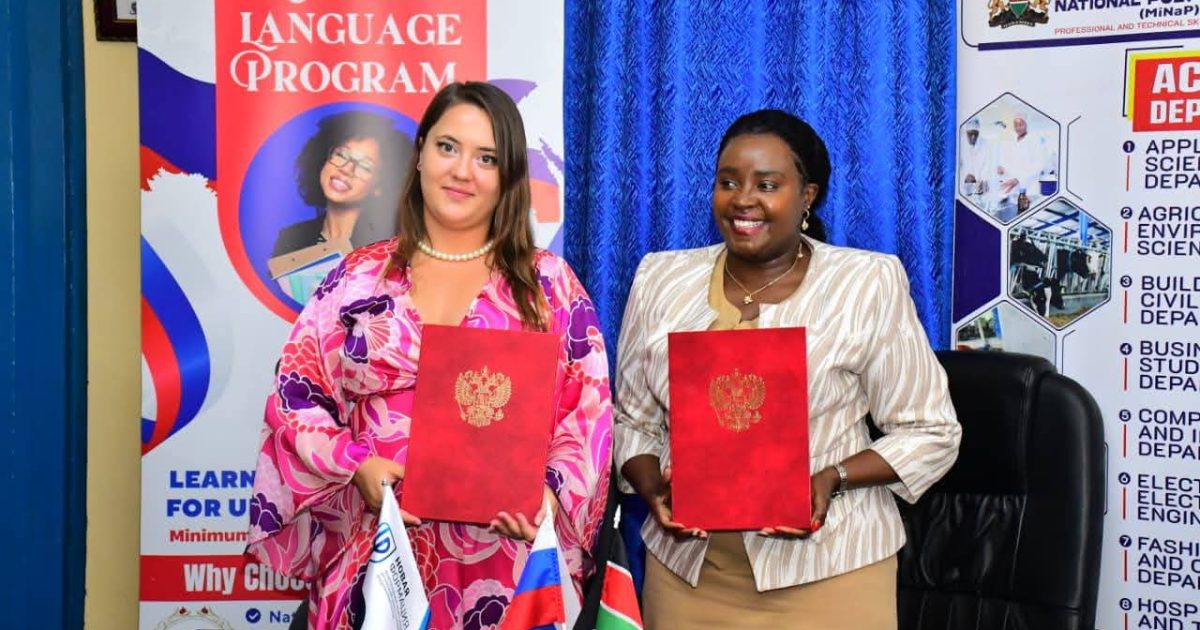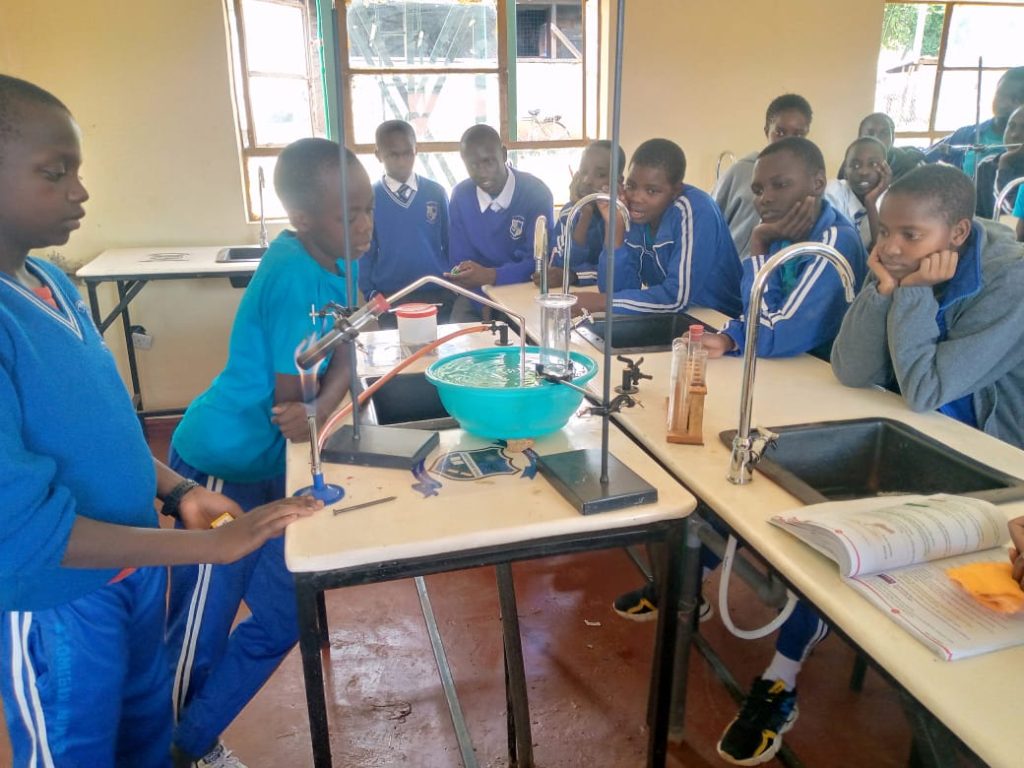Scholarships, loans application checklist in new funding model
Students who sat for the Kenya Certificate of Secondary Education (KCSE) in 2022 and qualified for university or college placement through Kenya Universities and Colleges Central Placement Service (KUCCPS) are eligible for government funding.
The University Fund has released a checklist of requirements for students seeking government loans and scholarships under the new model.
Scholarships are awarded to students who exhibit exceptional academic performance but require financial assistance whereas loans are accessible to those who meet specific financial criteria.
The amount of funding that a student receives from the facility depends on a number of factors, including the student’s academic performance, financial need, and the type of program they are enrolled in.
The checklist for scholarships and loans in university and college education includes having a valid email address, which will be used to sign up an account for the purposes of uploading and submitting documents.
A valid telephone number, which must be registered in the student’s name in order for them to be able to apply for a loan is also required.
Another requirement is the student’s KCPE and KCSE index numbers, year of examination, and a passport-size photo, which will be uploaded to the account.
Also, applicants should have a copy of their birth certificate, National ID (for loan application), and the college or university admission letter.
Those willing to apply for government funding are further required to provide their parents’ registered telephone numbers, national ID numbers, or death certificates if any of them is deceased.
In addition, two guarantors’ ID numbers and registered telephone numbers (for loan application) are mandatory and if the student was sponsored in Secondary school, a copy of the sponsorship letter is also needed.
In the new model, students will be classified into four categories based on their level of need namely: the vulnerable, extremely needy, needy, and less needy.
Under the vulnerable category, the government will offer full scholarships to students in extreme poverty who cannot support themselves while in school.
Extremely needy students are those from low-income households and have limited financial resources to pay their tuition fees at various colleges and universities across the country.
Students from middle-income households are defined as those whose parents, guardians, or sponsors have some financial resources, but not enough to cover the total cost of their education, hence they are considered needy.
Those from high-income households who have the financial resources to support themselves while in school are categorized as less needy.
By Thuita Jaswant
Get more stories from our website: Education News
To write to us or offer feedback, you can reach us through: editor@educationnews.co.ke
You can also follow our social media pages on Twitter: Education News KE and Facebook: Education News Newspaper For timely updates.






